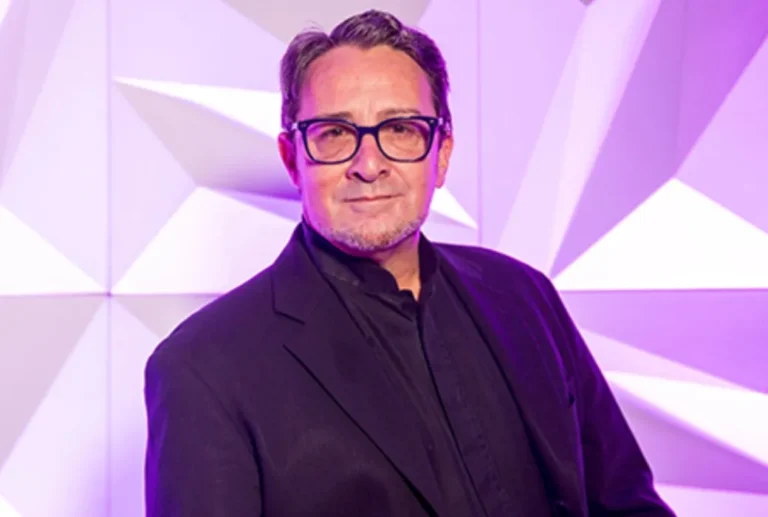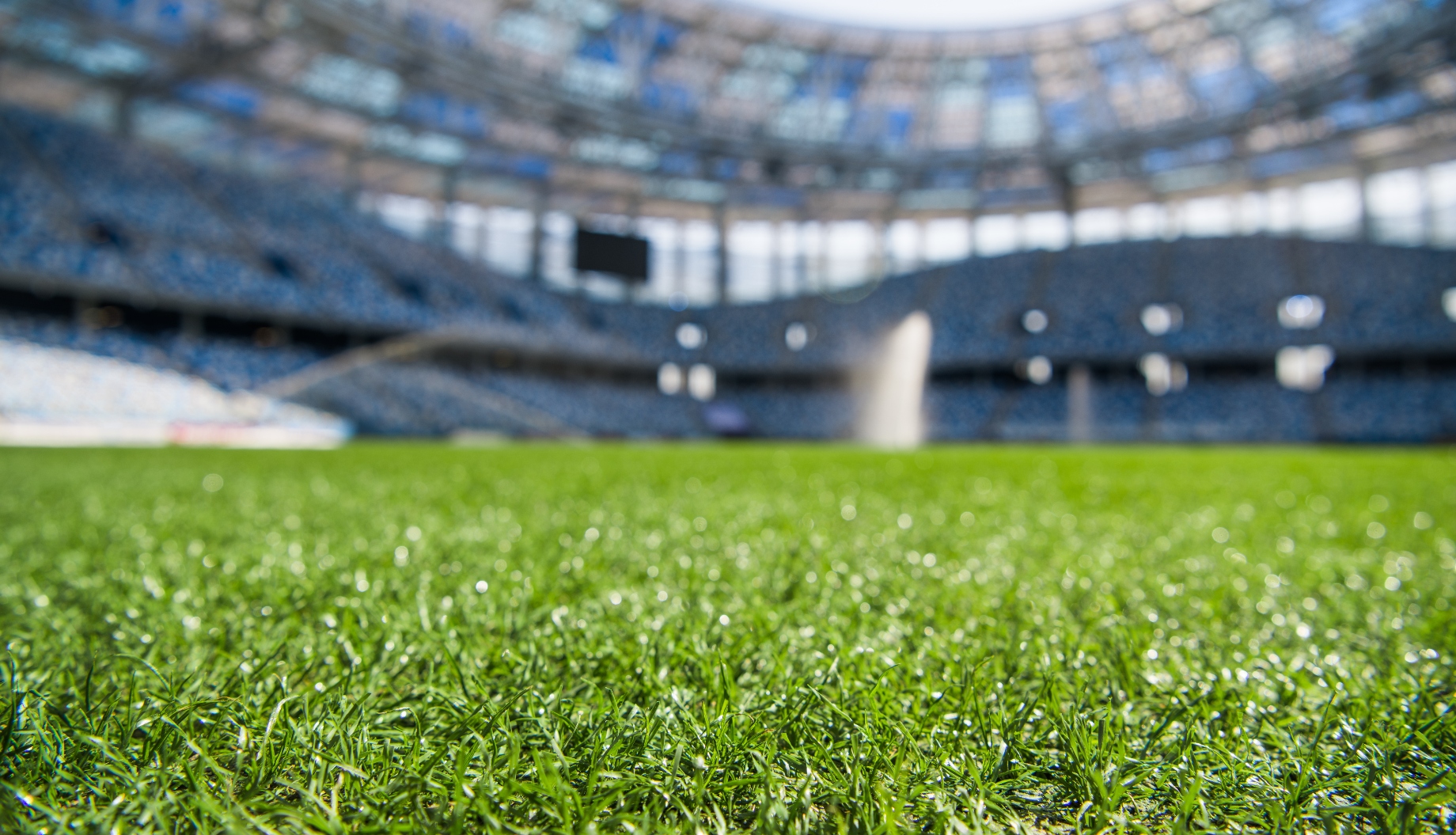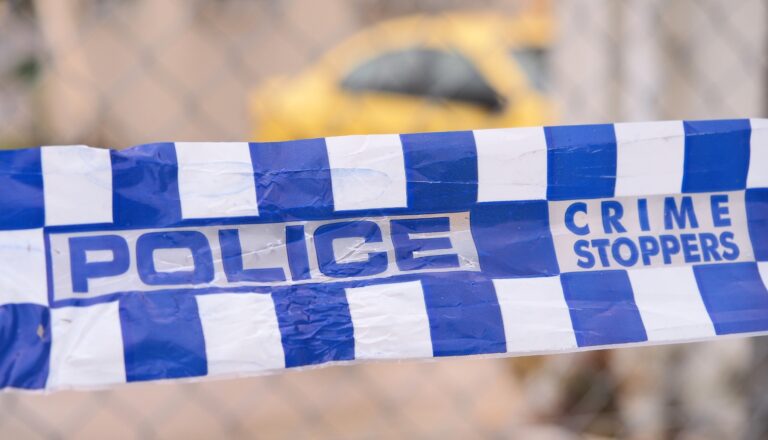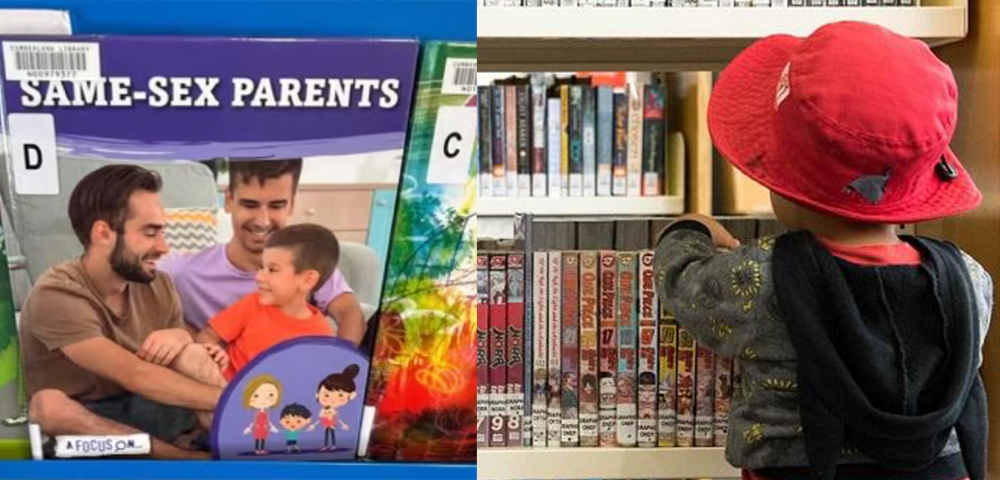

by GRACE JOHNSON
A turf war has surfaced over the Inner West Council’s push to replace grass with a synthetic sporting field, amidst rising community concern about introducing plastic into the environment and potential health impacts.
With the Minn’s Labor government agreeing to provide an additional $20 million to the council for Rozelle Parklands, the council is now deciding which nearby park will receive an ‘all-weather’ surface, which are synthetic sports pitches constructed in artificial grass.
But community groups and councillors alike have said there’s been a lack of information regarding the possible options, rendering it difficult to make an informed decision.
Problems with synthetic turf
All-weather surfaces have become increasingly popular in recent years, with sports clubs saying artificial turfs can be used more frequently and more intensively. But installing artificial turf can be controversial – scheduling more training sessions in local parks puts pressure on roads and parking.
Research has shown that artificial turf with rubber crumbing can also cause significant damage to the environment and the health of the local community. The synthetic material can release microplastics, heavy metals and other toxins into local waterways. Players can pick up particles and toxins from synthetic turf on their clothes and skin.
When the field needs to be replaced, large amounts of plastic end up in landfill.
Dr Amanda Cohn told Parliament earlier in February that “natural turf maintains low surface temperatures even on hot days due to cooling by evapotranspiration and low thermal mass”, noting that extreme heat caused by synthetic turf can cause heat-related illnesses.
Artificial grass can get twice as hot as natural turf. One synthetic field in Sydney was measured at 88 degrees Celsius, despite outside temperatures being only 28 degrees.
Falling on these surfaces can cause second- or third-degree burns and pose significant health issues particularly for children, being closer to the ground. Heat emanates from synthetic fields, in addition to the heat that players experience directly from the sun and physical exertion.
Garnet Brownbill from the Natural Turf Alliance told City Hub that a huge part of the problem is the lack of understanding.
“All the councils we’ve spoken to, all the community groups we’ve spoken to, the football associations, very few of them seem to be knowledgeable about the heat, none of them seem to know about the plastics issues,” he said.
“None of that information is given to them.”
“Unfortunate” community consultation
Inner West Council’s recent community consultation, which ended on Sunday February 18, asked residents to rank in order of preference which park they’d like to have an all-weather sporting field installed.
The options were Waterfront Drive in Callan Park, Leichhardt Oval no.2, Easton Park, and Balmain Road playing field (Callan Park). Not having a synthetic field was not one of them.
To City Hub, Friends of Callan Park president Hall Greenland called it “a rather unfortunate piece of public consultation, smuggled in over Christmas and New Year, and lacking in real choices.”
“There does appears to be a rush to a decision,” he added.
It seems now that the council is moving towards a hybrid solution, which can be up to 95 per cent natural grass.
Independent councillor John Stamolis told City Hub that despite the Mayor having “a bucket of cash he wants to splash around”, and the issue becoming “a matter of expedience”, hybrid turf is a plausible option.
“There are tiers of priority,” he said. “If we can’t have an authentic turf, then hybrid is the next option. Plastic should be absolutely last.”
He also acknowledged that synthetic turfs don’t allow dogs on the surface and excludes some sports.
Mr Greenland said, “It’s the least worst option and obviously much better than the full plastic treatment. But it does leave the question of the other fields.”
Support from the football community
Those from the football community are largely in favour of a hybrid turf.
Paul Avery, President of the Balmain & District Football Club (BDFC), told City Hub that with the current natural turfs fields, they are losing valuable playing time and having to turn away prospective players for want of available fields.
“The grass playing fields are closed every Monday for rest and maintenance, said Mr Avery.
“So that’s 52 days a year that those fields are not available for use. And that has a big impact when we have such a chronic shortage of playing fields in the northern area of the LGA.”
He also said that “plastic grass” has become a useful phrase to inspire fear in the community.
“A lot of the information that circulates is based on old style synthetic fields from 20 years ago which used to use a rubber crumb, inlay and those types of things. But the technology has actually come a long way since then,” he said.
“With hybrid grass, there’s a real opportunity there to give the community what it needs,” he continued. “We have over 3000 players and that’s growing, and we are having to turn away players left, right, and centre at the moment.”
The club has seen a huge increase in women and girls wanting to play sport following the Matildas success, he said, but a lot of girls have had to be put on the waitlist.
In a heated debate in the local community’s Facebook group, some users accused Mr Avery of being self-interested.
Others were concerned that the needs of the football community were being placed above those of the local community.
Mr Brownbill told City Hub, “If you look at Lambert Park, Fraser Park, Arlington Oval, those fields aren’t really used by community for social support.”
“A lot of councils and councillors say they’re increasing the field usage by putting in plastic grass. But the reality is, an open turf field, you get 24 hours a day, 7 days a week. Anyone and everyone can walk on those fields. So they’re actually reducing the hours of utilisation,” he continued.
Council action
Echoing Mr Avery’s concern that the term ‘plastic grass’ was being used to instil fear in the community, in the recent council meeting, Mayor Darcy Byrne told council, “I think some of the descriptions that have been promulgated about plastic grass is deliberately incendiary.”
The mayoral minute noted the advocacy and submissions from local football clubs that they are facing severe capacity constraints and are in danger of having to turn away large numbers of players, due to a shortage of playing space.
The motion also asked that council note “the huge increase in usage of Lambert Park since the installation of an all-weather surface and expansion of participation in sport this has allowed, particularly for girls.”
A report outlining the outcomes of the consultation regarding the all-weather turf will be provided to council before the March meeting, as well as a summary of available technologies for providing a hybrid surface.
Greens Councillor Liz Atkins amended the motion to include a report on the environmental impacts of an all-weather surface versus natural turf, which the Labor majority voted against.
With a decision to be made in March, Mr Greenland described the situation as “pressing” and reiterated that though the process would take some time – designs need to be made, tenders put out, clients and customers consulted – the mayor seems to be in a hurry to make a decision.
He also pointed out to City Hub that strangely, the mayor brought the motion forward as a mayoral minute, which are not disclosed to the public prior to the meeting, but “lo and behold, there was a representative of the Balmain District Football Club in attendance and ready to speak.”
Cr Stamolis noted that the upcoming council elections might have a role to play in the preference given to local football clubs, but maintained that hybrid grass would be the better option moving forward.









